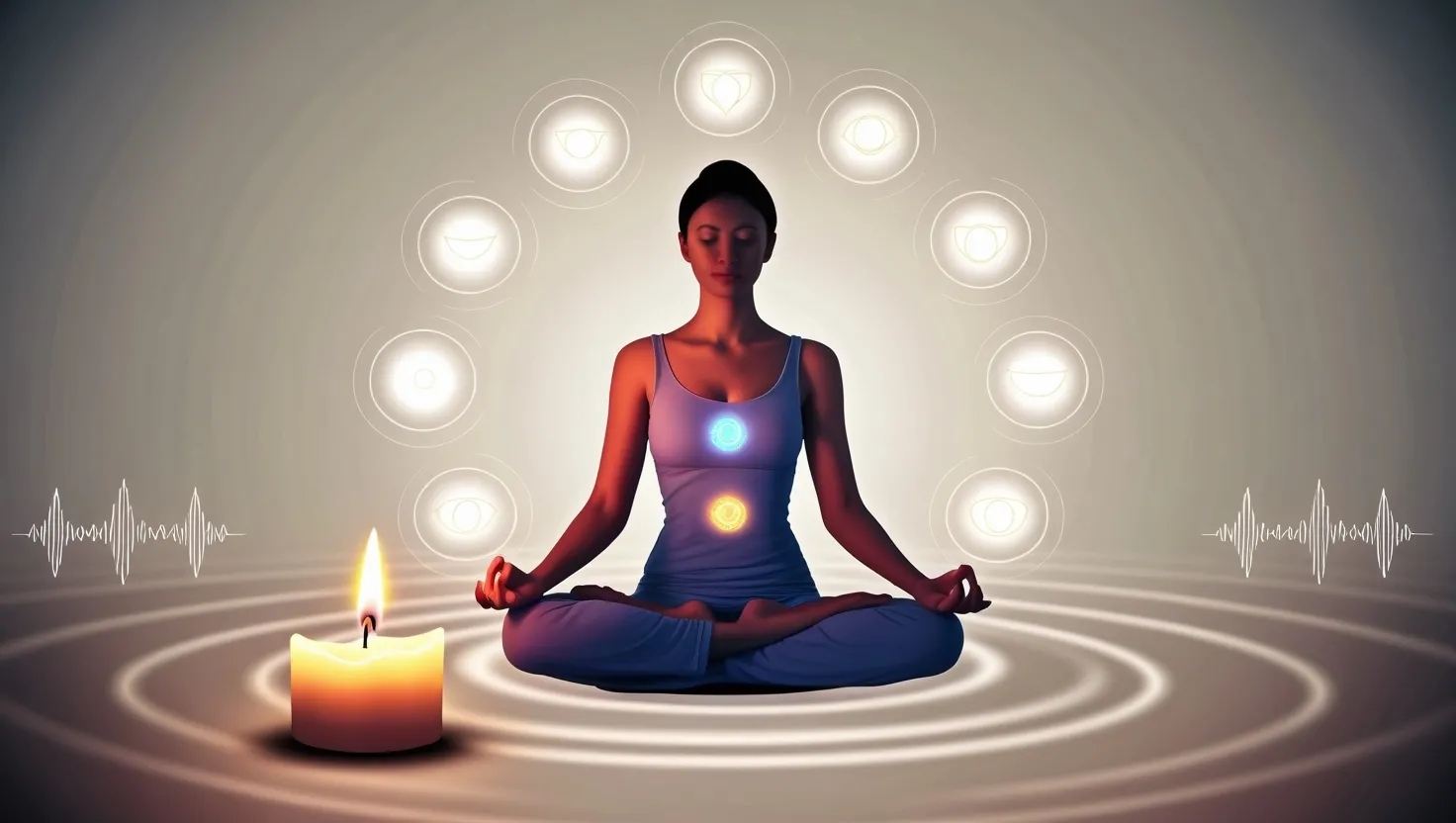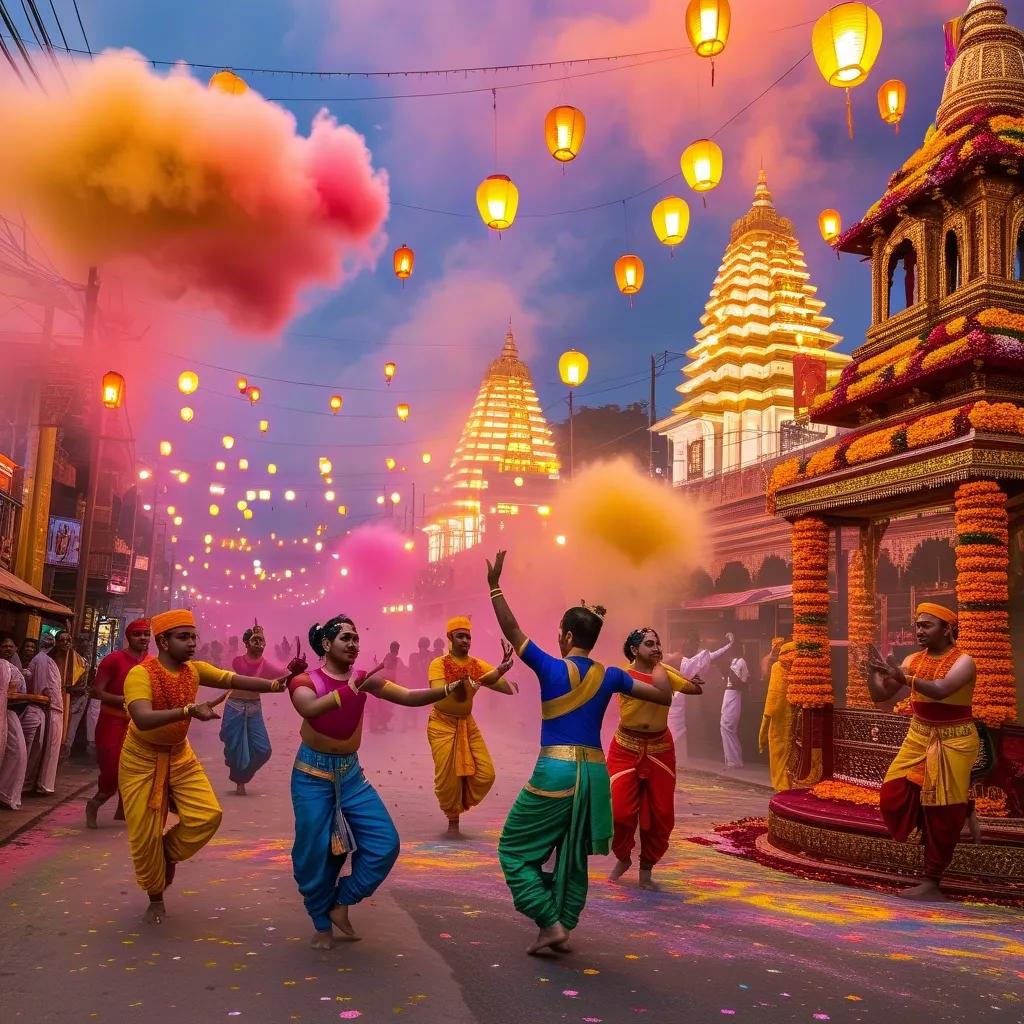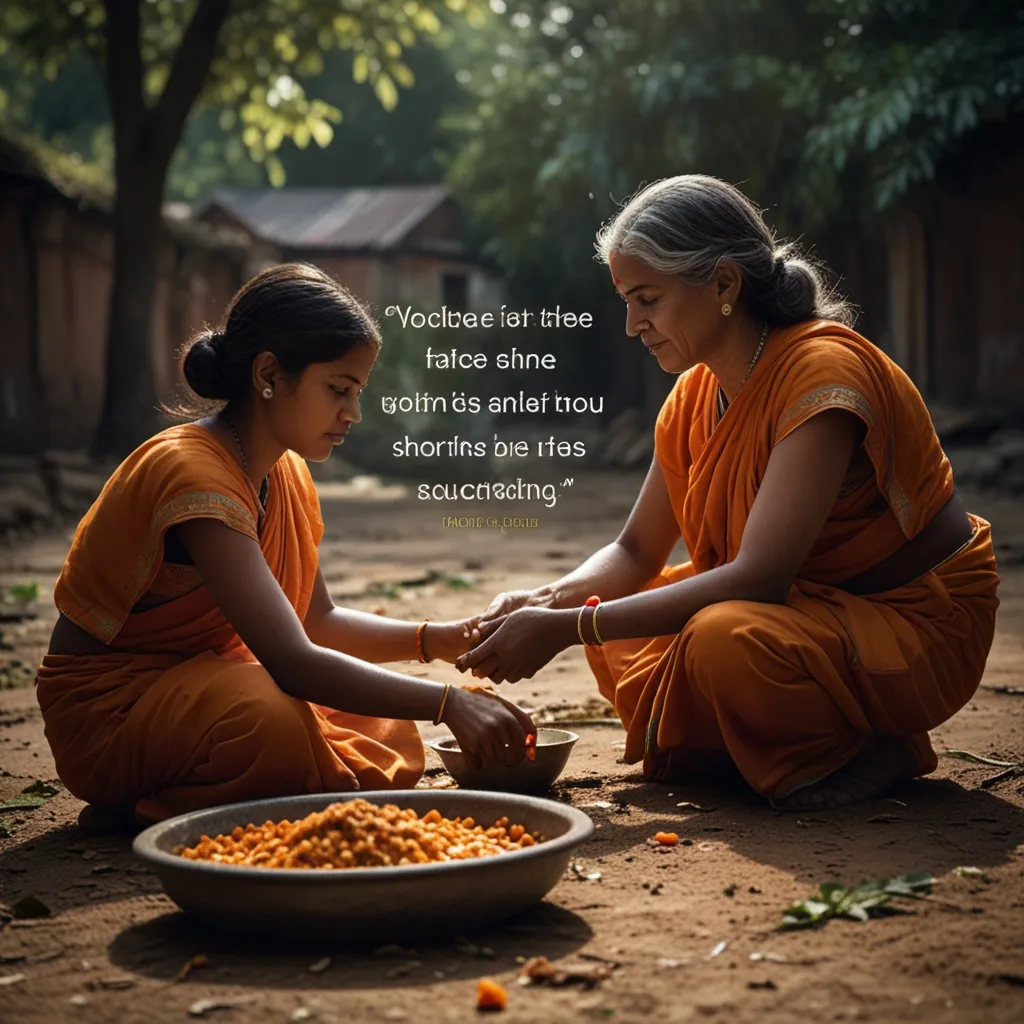In the vast and intricate landscape of Hinduism, meditation stands as a cornerstone for achieving mental clarity and spiritual growth. These ancient practices, honed over thousands of years, offer more than just a way to calm the mind; they provide a profound journey into the depths of one’s being. As I delve into these techniques, I find myself drawn into a world where the boundaries between the physical and spiritual blur, and the path to inner peace becomes clearer.
One of the most fascinating techniques is Trataka, or fixed-gaze meditation. Imagine sitting in a quiet room, your eyes fixed intently on the flickering flame of a candle. This simple yet powerful practice is designed to enhance concentration and visual memory. As you gaze, the world around you begins to fade, and your focus narrows to the gentle dance of the flame. It is believed that Trataka activates the third eye chakra, that mystical center of intuition and insight, allowing you to tap into a deeper level of awareness.
Another technique that resonates deeply is Nada Yoga, the meditation on inner sound. Here, you are not just a passive listener; you are an active participant in the symphony of your own inner world. Practitioners of Nada Yoga listen to the subtle internal sounds that arise within, progressing from the gross to the fine vibrations. This journey through sound aims to unite the individual with the cosmic consciousness, creating a sense of oneness with the universe. It’s a reminder that we are not isolated entities but part of a larger, interconnected web of life.
Mantra meditation is perhaps one of the most well-known and widely practiced techniques. It involves the repetition of sacred sounds or phrases, either mentally or vocally. Mantras like “Om” and “So Hum” are not just random sounds; they are imbued with specific energies and vibrations that can calm the mind and align one with the divine. As you repeat these mantras, you begin to feel a sense of calm wash over you, as if the very fabric of your being is being realigned with the universe.
Chakra meditation is another powerful tool in the Hindu arsenal of meditation techniques. Here, the focus is on the energy centers within the body, known as chakras. Practitioners visualize and activate these points, balancing the physical and spiritual energies that flow through them. This method is said to remove blockages and promote overall well-being, ensuring that the body and mind are in harmony. It’s a holistic approach that recognizes the interconnectedness of our being and seeks to restore balance where it is lacking.
One of the most profound and lesser-known techniques is Self-inquiry, or Atma Vichara. Made famous by the sage Ramana Maharshi, this method involves questioning the very nature of the self. It’s a simple yet profound inquiry: “Who am I?” As you delve deeper into this question, you begin to peel away the layers of the ego, revealing the true essence of your being. This is not a intellectual exercise but a deeply personal and spiritual one, aimed at realizing one’s true identity beyond the confines of the ego.
As I explore these ancient practices, I am struck by their relevance in today’s fast-paced world. In an era where stress and anxiety are rampant, these techniques offer a beacon of hope. They remind us that mental clarity and spiritual growth are not distant goals but achievable states that can be cultivated through practice and dedication.
Each of these techniques, in its own unique way, guides us toward a deeper understanding of ourselves and the world around us. Whether it’s the fixed gaze of Trataka, the inner sounds of Nada Yoga, the sacred mantras, the balancing of chakras, or the profound self-inquiry of Atma Vichara, these practices invite us to embark on a journey of self-discovery.
In this journey, we find that meditation is not just a practice but a way of life. It’s about cultivating awareness, clarity, and a sense of connection to something greater than ourselves. As we adopt these ancient techniques into our modern lives, we begin to see the world with fresh eyes, and the complexities of life become more manageable.
The beauty of these practices lies in their simplicity and depth. They do not require elaborate rituals or expensive equipment; all they need is your willingness to explore the inner realms of your being. As you sit in silence, focusing on your breath, your mantra, or the inner sounds, you begin to realize that the greatest treasure lies within you.
In a world that often values the external over the internal, these ancient Hindu meditation techniques remind us of the importance of looking inward. They offer a path that is both timeless and timely, a path that can lead us to mental clarity, spiritual growth, and ultimately, to a deeper understanding of ourselves and the world we inhabit.






